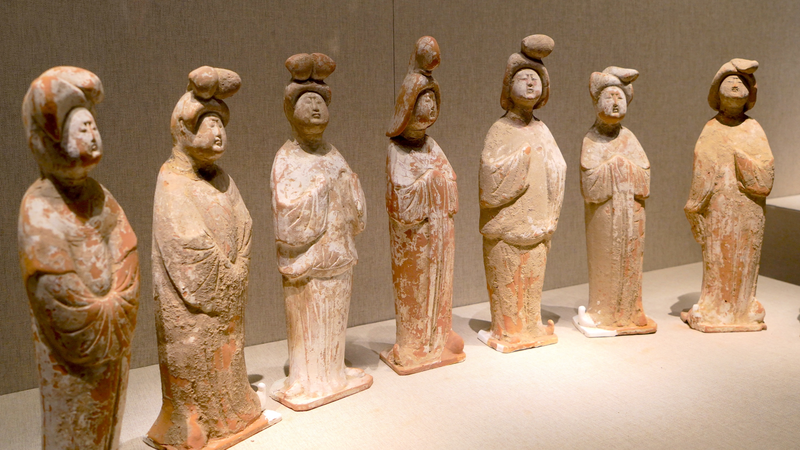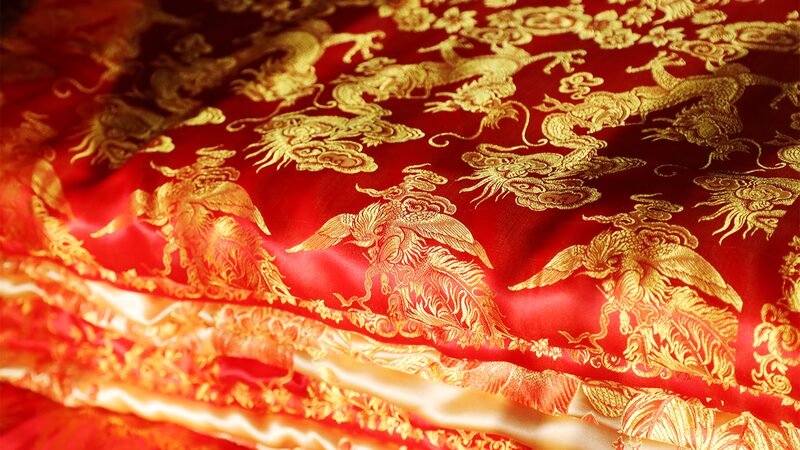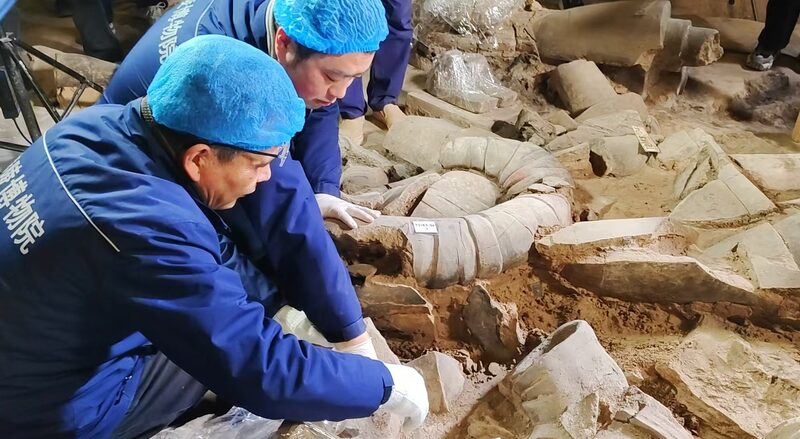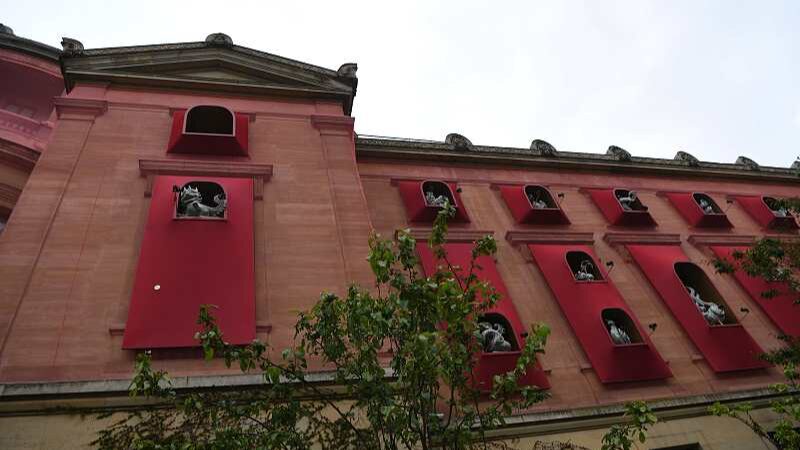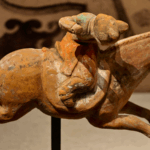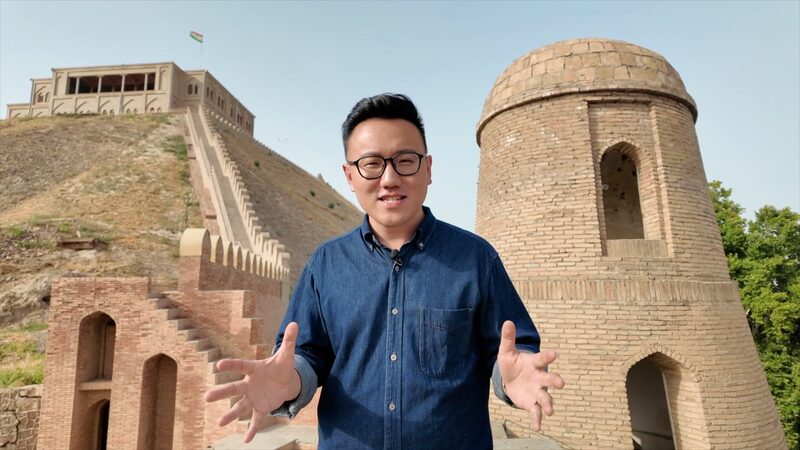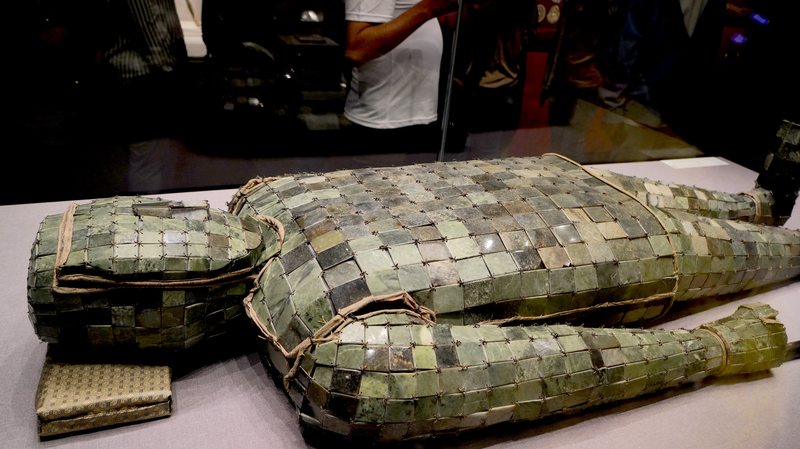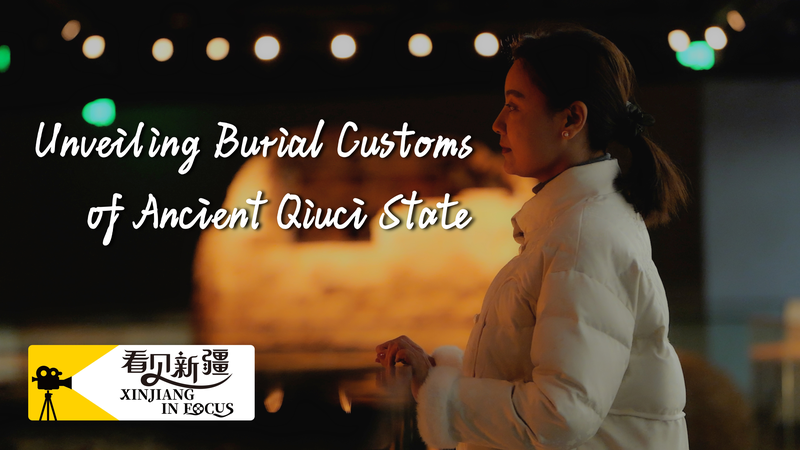Exquisitely crafted pottery figurines from China's Tang Dynasty (618–907 CE) reveal a vivid snapshot of an era celebrated for artistic brilliance and cross-cultural exchange. Known as yong, these artifacts were far more than burial objects—they encapsulated societal values, spiritual beliefs, and the cosmopolitan spirit of one of history’s most influential empires.
Guardians of Eternity
Burial figurines served dual roles: protecting the deceased in the afterlife and affirming their status through intricate designs. From armored warriors to gracefully posed court dancers, each piece reflected the tomb owner’s rank. Camel figurines adorned with Central Asian traders highlighted the Tang Dynasty’s bustling Silk Road connections, while plump horses symbolized military might.
Cultural Fusion in Clay
The figurines’ diversity mirrors Tang China’s openness to global influences. Uygur musicians, Persian merchants, and Sogdian dancers frequently appeared in tomb art, illustrating the dynasty’s role as a hub for cultural and economic exchange. Glazed ceramics in vibrant greens and yellows showcased technical mastery still admired today.
A Legacy Preserved
Modern excavations of Tang tombs continue to uncover these artifacts, offering scholars critical insights into social hierarchies, fashion, and spiritual practices. Museums worldwide display Tang yong as testaments to an era when China’s innovation and inclusivity reshaped Asia’s developmental trajectory.
Window into the Past
For historians and art enthusiasts alike, these figurines transcend their funerary origins. They illuminate a golden age where art, commerce, and spirituality converged—a narrative that resonates with global audiences exploring Asia’s enduring cultural legacy.
Reference(s):
Tang Dynasty pottery figurines: Reflections of a flourishing era
cgtn.com
